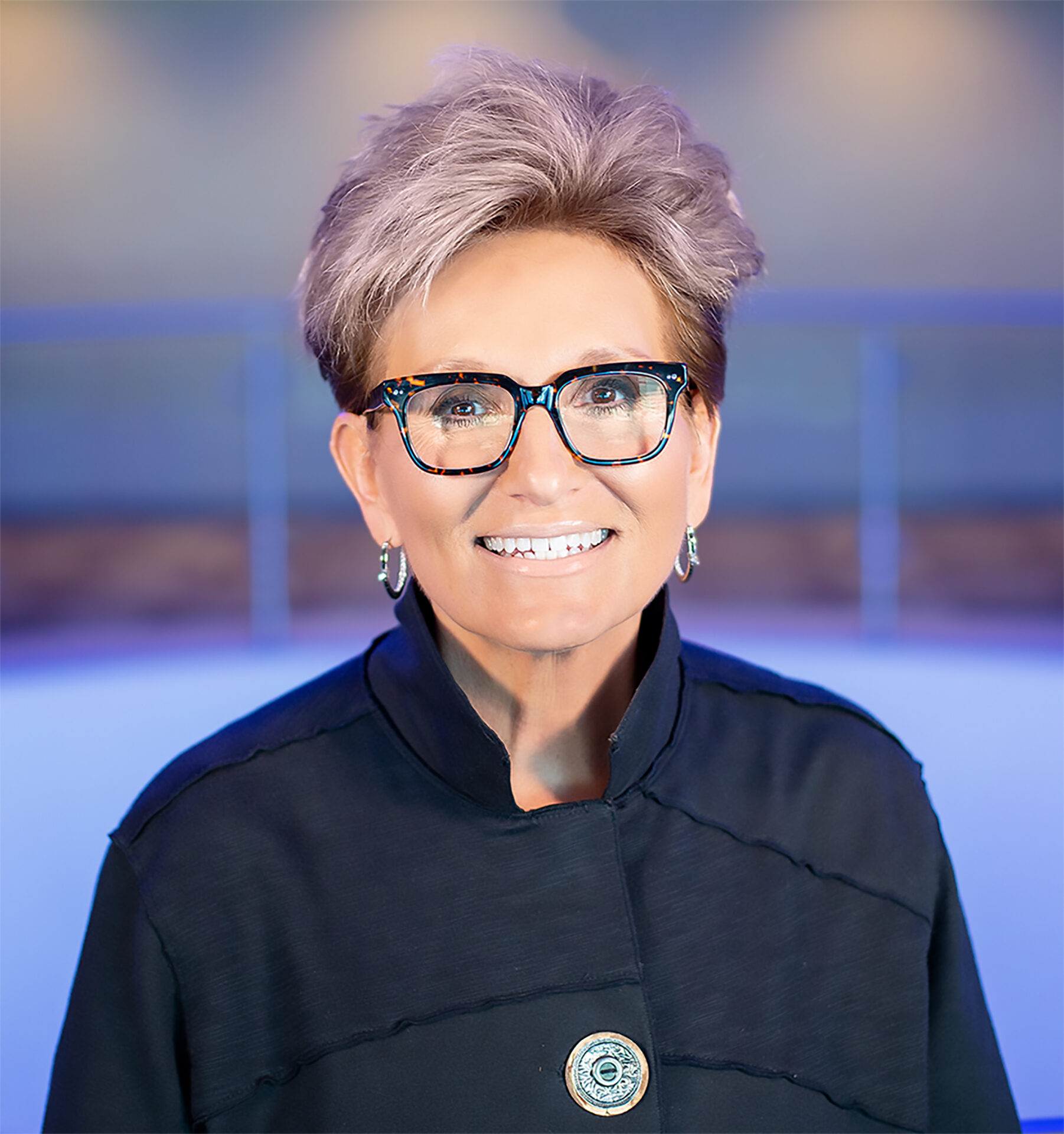According to findings from a new Blue Cross and Blue Shield Association Health of America report, ADHD (attention deficit hyperactive disorder) diagnoses grew 39 percent between 2010 to 2017 among Blue Cross and Blue Shield of Nebraska (BCBSNE) members’ children. In Omaha, the percentage of increase was 37 percent.
“There has been a slight uptick in the percentage of people being diagnosed with ADHD,” Dr. Debra Esser, BCBSNE chief medical officer said. “Likely because the criteria has become more defined. There is also a slight trend in diagnosing young adults and adults that we haven’t seen previously.”
According to the Health of America report, nationally, ADHD makes up 16 percent of the health conditions impacting Generation Z – individuals currently between the ages of 0 to 19. ADHD is prevalent in middle-school children from ages 11 to 13, with boys diagnosed twice as much as girls.
“The brain development through childhood is variable and we think girls mature a little earlier, where boys tend to be more robust and impulsive,” Esser said. “Perhaps that is why there are more diagnoses of ADHD.”
About 4 in 10 children with ADHD are also diagnosed with at least one other behavioral health disorder.
According to the study, half of the children diagnosed with ADHD were only treated with medication in 2017.
Among BCBSNE members, 49 percent of the children received medication only. Treatment with both behavioral therapy and medication was at 36 percent.
‘The combination of the two can work really well,” Esser said. “It’s important to have a conversation with your provider about the options that are available.”
Esser says if parents believe their child is showing symptoms of ADHD, they should consult with their doctor and others that have contact with their child to determine if the behaviors are occurring in other settings.
Dr. Debra Esser talks more about ADHD in the video below.





